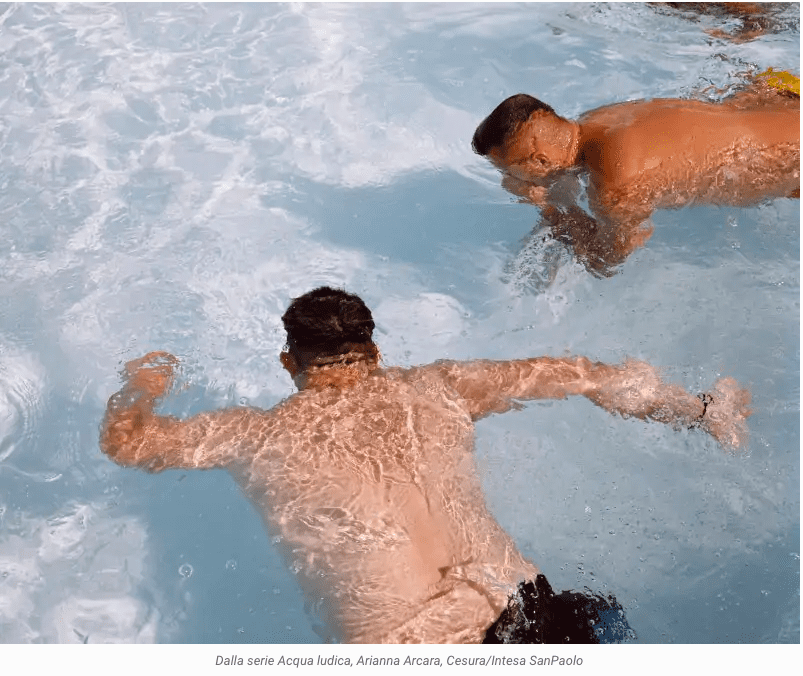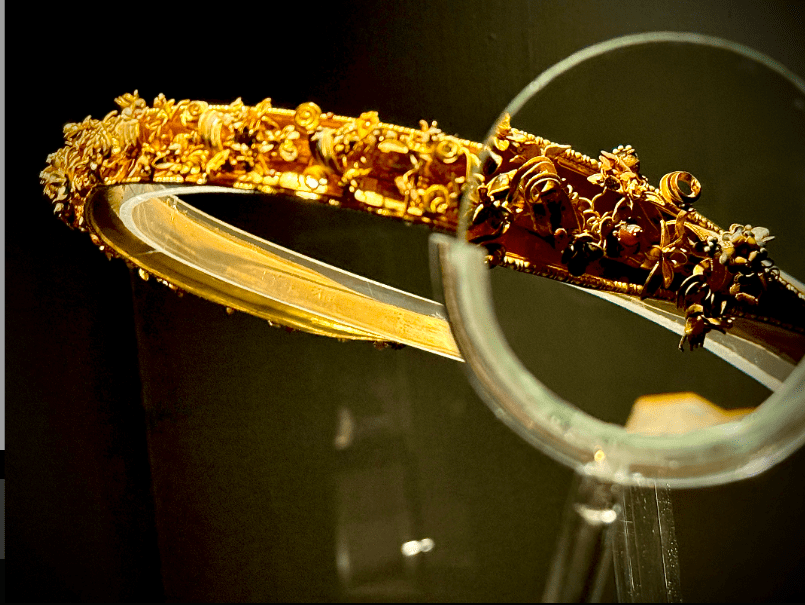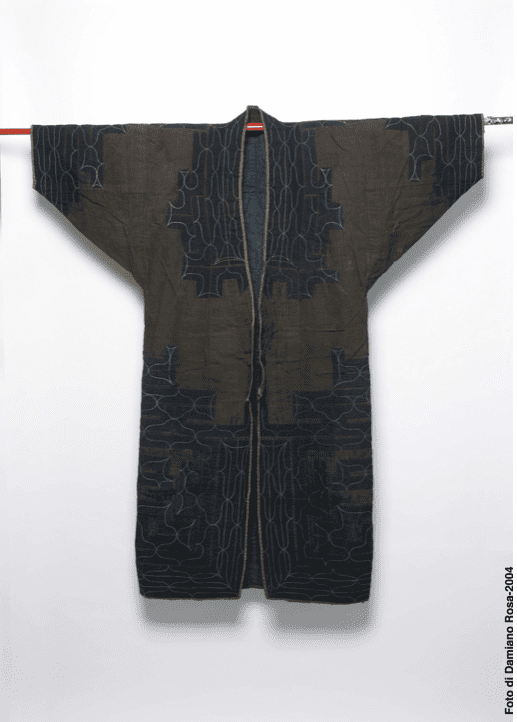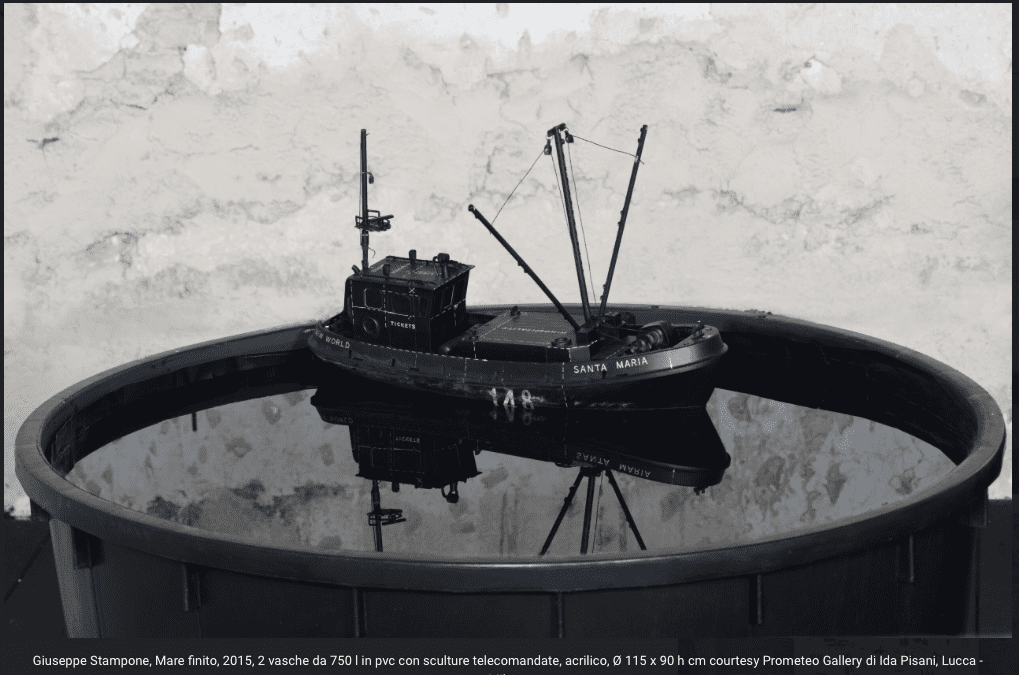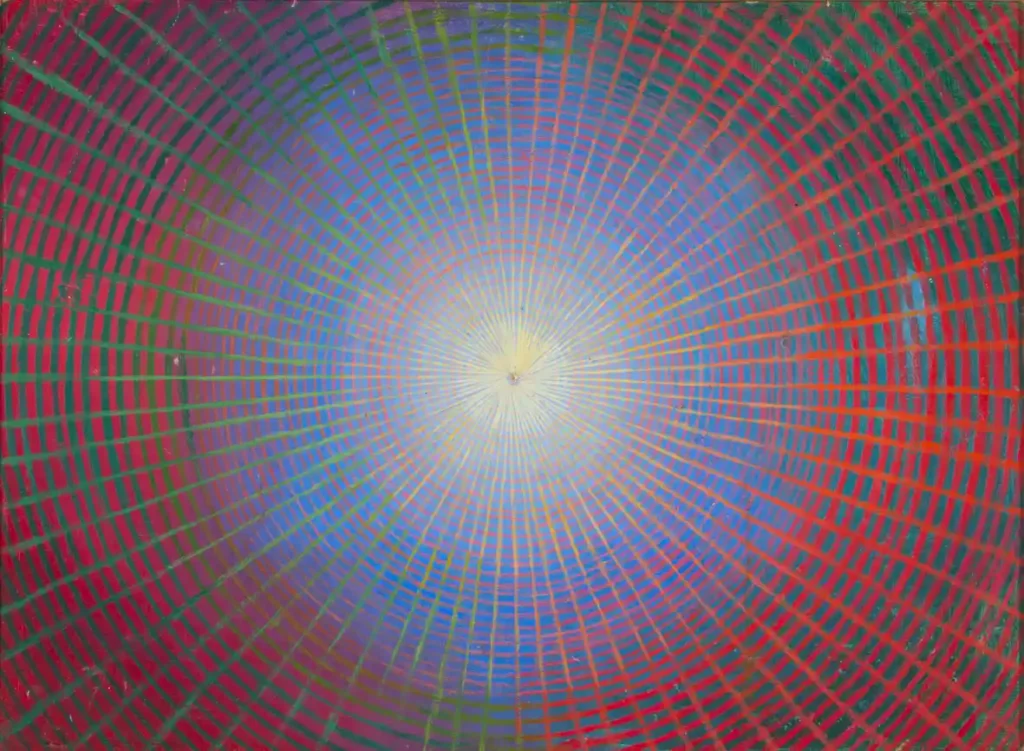
Mira Schendel, one of the most significant Latin American artists of the 20th century, was a painter, poet and sculptor; she created a new lexicon through her pensive, delicate, and breathtaking art.
Hauser & Wirth showcases works that span two decades of the artist’s career, from the 1960s to the 1980s, revealing the artistic, intellectual, and spiritual development of a woman who, with her contemporaries Lygia Clark and Hélio Oiticica, reinvented the language of European Modernism in Brazil.
Brazilian poet Haroldo de Campos described Mira Schendel’s work as “an art of voids, where the utmost redundance begins to produce original information; an art of words and quasi-words where the graphic form veils and unveils, seals and unseals…a semiotic art of icons, indexes, symbols which print on the blank of the page their luminous foam”.
The exhibition Mira Scendel was conceived and organised by Olivier Renaud-Clémentand follows the acclaimed, first-ever international museum survey devoted to Schendel, held this past autumn at Tate Modern, London, and traveling in 2014 to the Fundação de Serralves – Museu de Arte Contemporânea, Porto, and the Pinacoteca do Estado de São Paulo.
Mira Schendel (1919 – 1988) was born into a Jewish family in Zürich, Switzerland. She grew up in Italy, where she was raised Roman Catholic and studied philosophy before being forced to move between Bulgaria, Austria, and Sarajevo to avoid Fascist persecution; she then emigrated to Brazil in 1949. Schendel settled in São Paulo in 1953, discovering a dynamic city in the midst of artistic and social revolution. Beginning in the mid-1960s, Schendel produced some of her most iconic work.
The exhibition at Hauser & Wirth includes Ondas paradas de probabilidade (Still waves of probability) a seminal, politically charged masterpiece of the artist’s oeuvre presented at the 10th São Paulo Biennial, in 1969. In protest against Brazil’s military dictatorship (1964 – 1985), many artists chose to boycott the Biennial; however, Schendel’s controversial participation in the event reflects her own personal form of resistance, revealing her intention via a “visual silence”.
Throughout the 1970s, Schendel created an important series of objects crafted from clear acrylic glass and, beetween 1978 and 1980, a series of nocturnal landscapes in black ink and watercolor. Returning to painting in the early 1980s, Schendel created a series of works in tempera and gold leaf. Sarrafo (Batten) (1987) belongs to the artist’s final complete series of works conceived during the last years of her life. Cerebral and poetically profound, this last series encapsulates Schendel’s desire to reach beyond the materiality of art making and invite an understanding of our experience of space, movement, and time.
- Artists:
Mira Schendel - Open:
Tuesday, 04 March 2014 - Close:
Saturday, 26 April 2014 - Address:
Hauser & Wirth, 32 East 69th Street, Upper East Side and 511 West 18th Street, Chelsea, Manhattan - Mail:
newyork@hauserwirth.com - Phone:
(212) 794 4970 - Web:
Hauser & Wirth - Opening hour:
Tue – Sat, 10am – 6pm - Closing day:
Sun – Mon - Photo credits:
1. Mira Schendel Archive, Courtesy Mira Schendel Estate and Hauser & Wirth;2.Mira Schendel: Ondas paradas de probabilidade (Still waves of probability), 1969, Installation view, ‘Mira Schendel’, Hauser & Wirth New York, 69th, Street, 2014, photo by Genevieve Hanson; 3. Mira Schendel: Untitled, 1972, Rice paper, Ecoline watercolour, acrylic glass, photo by Genevieve Hanson 4.Mira Schendel: Untitled, 1960s, bhoto by Genevieve Hanson; all photos courtesy of Hauser & Wirth New York.

